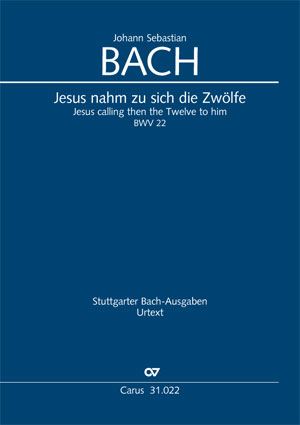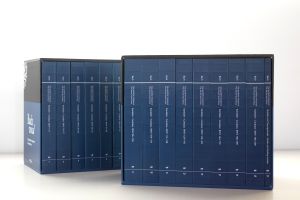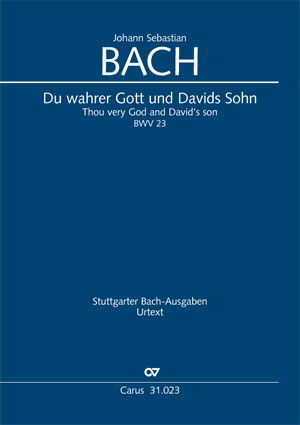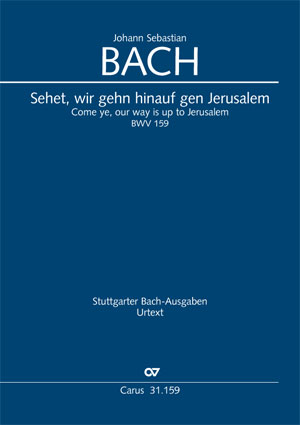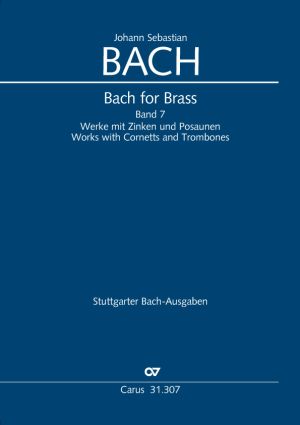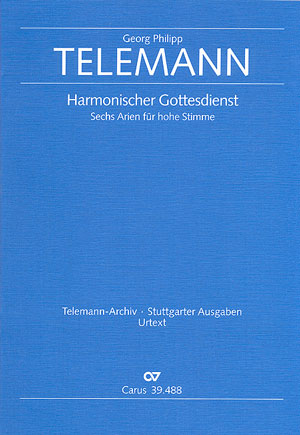The cantata Jesus nahm zu sich die Zwölfe (Jesus took the Twelve to Him) was performed together with BWV 23 on Quinquagesima (the last Sunday before Lent) in 1723 as part of Johann Sebastian Bach’s audition for the position of Thomascantor in Leipzig. Both works were later repeated during his first full annual cycle of cantatas in the city. The modest instrumental scoring of this highly expressive piece did not prevent Bach from devising a rather unusual form – from the opening arioso to the central accompanied recitative to the closing chorale with obbligato instruments throughout.
-
Composer
Johann Sebastian Bach
| 1685-1750Johann Sebastian Bach is one of the most important composers of Western music history. He came from a widely ramified musical dynasty, which produced numerous musicians and organists in the Thuringian-Saxon area.
Bach vocal
Ever since Carus-Verlag was founded in 1972, publishing the music of Johann Sebastian Bach has been a special focus for us. In the 2017 Reformation anniversary year we completed the Bach vocal project. Bach's complete sacred vocal works are now available in modern Urtext editions, together with performance material. A complete edition of all the full scores is also available in a high quality box set. Personal details
-
Editor
Ulrich Leisinger
-
Translator
Henry Drinker
Reviews
Joh
Joh. Seb. Bach:Jesus nahm zu sich die Zwölfe
Die Kantate „Jesus nahm zu sich die Zwölfe” BWV 22 ist eines der beiden Probestücke, mit denen sich Bach im Februar 1723 um das Leipziger Thomaskantorat bewarb. Der namentlich nicht bekannte Textdichter geht vom Evangelium aus Lukas 18 aus, dem Aufbruch Jesu nach Jerusalem. Bach geht wie gewohnt sensibel auf den Text ein und macht auch von der musikalischen Ausdeutung einzelner Worte Gebrauch. Setzt einen leistungsfähigen Chor voraus, der auch etwas mit der historischen Aufführungspraxis vertraut ist.
Quelle: Singen und Musizieren im Gottesdienst 2/2002, S. 80
Frequent questions about this work
 There are no questions and answers available so far or you were unable to find an answer to your specific question about this work? Then click here and send your specific questions to our Customer Services!
There are no questions and answers available so far or you were unable to find an answer to your specific question about this work? Then click here and send your specific questions to our Customer Services!


